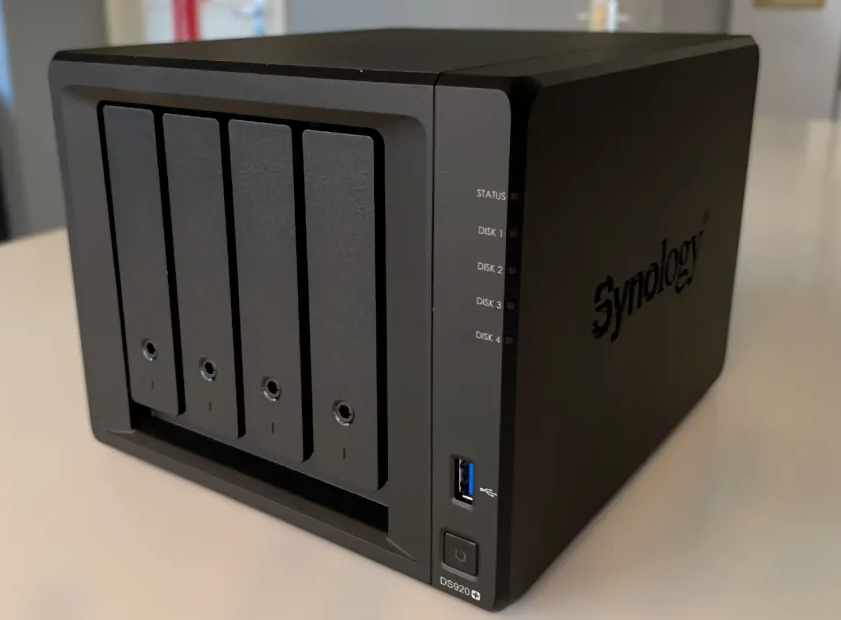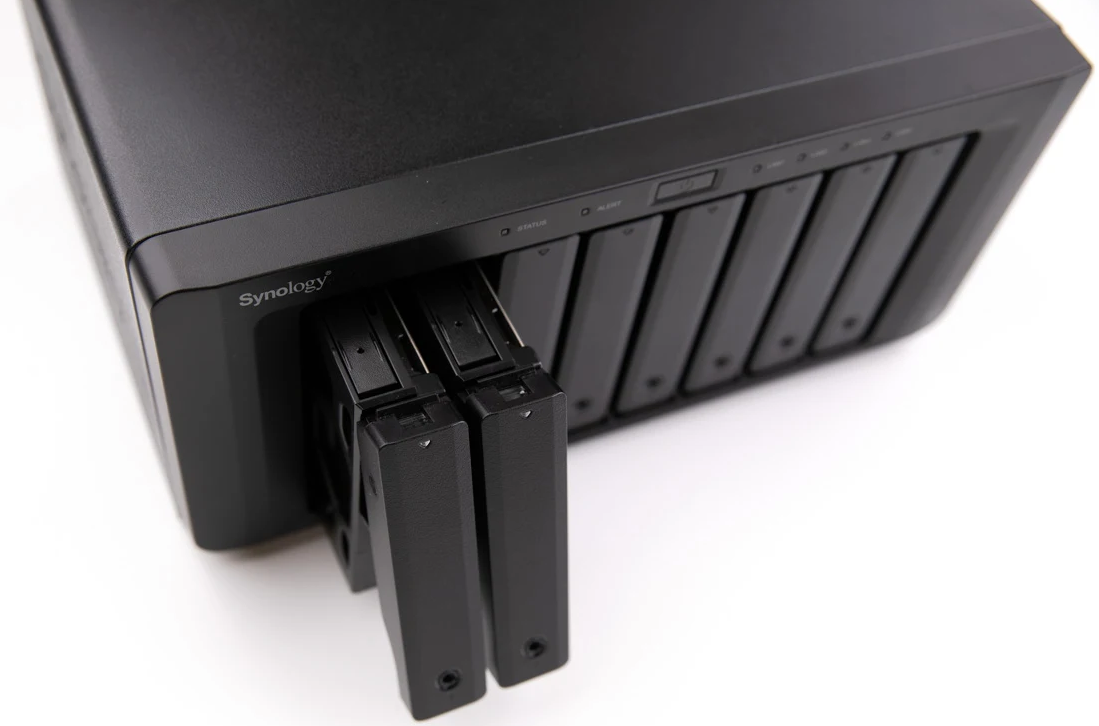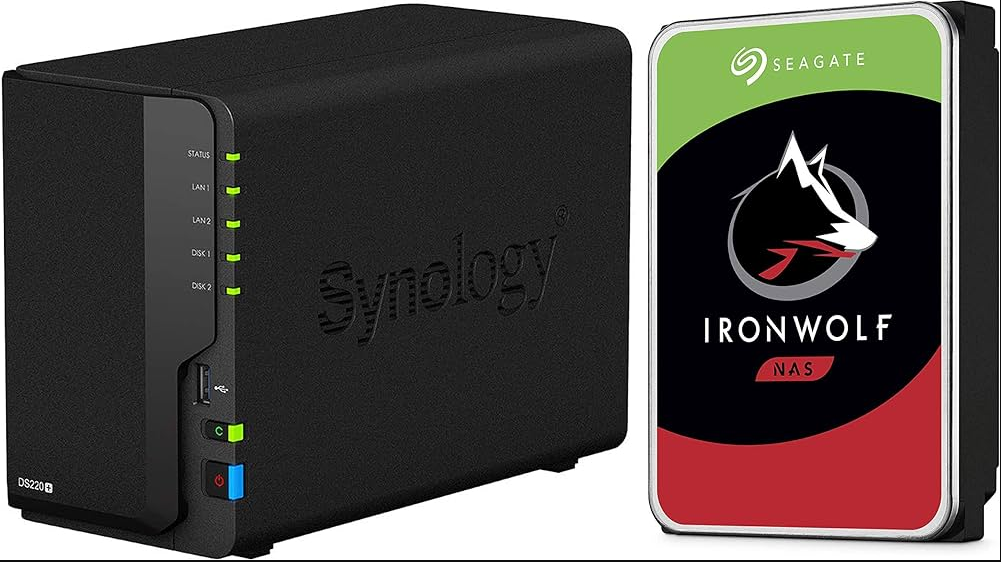Deciding whether to keep your Synology NAS on all the time depends on your needs. Continuous operation offers uninterrupted access and enhanced network services but raises concerns about power usage, wear and tear, and security risks. Balancing these factors based on personal or business requirements is key.
Benefits of Running Synology NAS Continuously
The continuous operation of a Synology NAS provides numerous advantages, particularly in the areas of data accessibility, network services, and security. Let's delve into these aspects in detail.
Data Accessibility
In the digital age, having uninterrupted access to data is crucial. A continuously running Synology NAS offers persistent, round-the-clock access to stored data. This feature is especially beneficial for businesses where data availability can significantly impact operations and decision-making. With 24/7 operation, users can retrieve, modify, and save data anytime, leading to enhanced productivity and collaboration.

Network Services and Applications
Synology NAS, known for its versatility, supports various network services and applications. Running it continuously allows uninterrupted access to these services. This continuous operation is essential for services like web hosting, FTP servers, or VPN servers, which need to be available at all times. The NAS's ability to host multiple applications simultaneously ensures that all network-based services remain operational, offering seamless user experiences.
Surveillance and Security
One of the key benefits of a continuously operating Synology NAS is enhanced surveillance and security. Synology's Surveillance Station software turns the NAS into a powerful security tool, allowing for real-time monitoring and video recording from IP cameras. Continuous operation ensures that surveillance footage is captured without interruption, which is crucial for security purposes. This persistent surveillance can deter theft and vandalism, and provide valuable evidence in case of security incidents.
In summary, keeping a Synology NAS running continuously offers significant benefits in terms of data accessibility, network service availability, and enhanced security through continuous surveillance. These advantages contribute to the overall efficiency and safety of both personal and business environments.
Concerns When Leaving Synology NAS On
While running a Synology NAS continuously offers numerous benefits, it also brings up certain concerns that need addressing. These include power consumption, wear and tear, and security risks.
Power Consumption
One of the primary concerns with keeping your Synology NAS operational all the time is the increased power usage. Synology devices are designed for efficiency, but continuous operation can still lead to significant electricity consumption. For instance, a typical Synology NAS under moderate load might consume around 30-60 watts. Over a year, this consumption can add up, impacting electricity bills. To mitigate this, users can explore models with better energy efficiency ratings or utilize Synology's built-in power scheduling features to reduce idle power usage.
Wear and Tear
Continuous use of any electronic device, including a Synology NAS, inevitably leads to wear and tear. Hard drives, being mechanical components, are particularly susceptible. They have a finite lifespan, usually measured in terms of 'load/unload cycles' and 'power-on hours'. Prolonged operation can accelerate the wear process, potentially leading to earlier-than-expected drive failures. Regular maintenance, such as cleaning dust from the unit and ensuring adequate ventilation, can help extend the life of the NAS and its components.

Security Risks
Running a NAS continuously, especially if accessible over the internet, can increase exposure to security threats. These risks range from unauthorized access and data breaches to potential ransomware attacks. Keeping the Synology NAS updated with the latest DSM (DiskStation Manager) software is crucial for security. Additionally, implementing strong passwords, enabling firewall rules, and using VPNs for remote access can further fortify the NAS against external threats.
In conclusion, while the continuous operation of a Synology NAS enhances accessibility and functionality, it also demands attention to power consumption, wear and tear, and security. Users must balance these concerns with the benefits to determine the best operational strategy for their specific needs and circumstances. Proper management and regular maintenance can significantly mitigate these concerns, ensuring that the NAS continues to serve as a reliable and secure data storage solution.
Optimizing Synology NAS for Continuous Operation
To maximize the benefits while addressing the concerns of running a Synology NAS continuously, it's crucial to optimize its setup. This optimization focuses on energy efficiency, physical and network security, and regular maintenance.
Setting up for Energy Efficiency
Energy efficiency is key in mitigating the high power consumption of continuous NAS operation. Start by selecting a model with a high energy-efficiency rating. Synology offers models optimized for low power consumption, which can significantly reduce operational costs. Utilizing the built-in power management features in the DiskStation Manager (DSM), such as automatic hibernation for hard drives and scheduled power on/off, can also help in cutting down electricity usage. Moreover, configuring the NAS in a RAID setup that optimizes performance and power efficiency can lead to further energy savings. RAID setups like RAID 5 or SHR (Synology Hybrid RAID) strike a good balance between performance, storage capacity, and power usage.
Ensuring Physical and Network Security
Enhancing the physical and network security of your NAS is vital, especially when it's operational 24/7. Physically, place the NAS in a secure, cool, and dry environment to protect it from any physical damage or overheating. On the network side, regularly update the DSM to its latest version to protect against vulnerabilities. Enable the firewall and auto-block features to prevent unauthorized access attempts. Additionally, use a strong, unique password for DSM and each user account, and consider implementing two-factor authentication for an added layer of security.

Regular Maintenance and Updates
Regular maintenance is critical in ensuring the longevity and optimal performance of your Synology NAS. Check for and install DSM updates as they become available. These updates not only provide new features but also contain important security patches. Cleaning the NAS periodically to remove dust build-up and verifying that the cooling system (fans and heat sinks) is functioning properly can prevent overheating and prolong the device's life. It's also wise to monitor the health of your hard drives using Synology's built-in tools and consider timely replacements or upgrades when needed.
By taking these steps to optimize your Synology NAS, you ensure not only its efficient and secure continuous operation but also help in extending the overall lifespan of the device. Regular attention to these aspects will enable your NAS to serve as a reliable and efficient hub for your data storage needs.
Conclusion
Summarizing the exploration of whether to keep a Synology NAS running continuously, we find that the decision hinges on weighing the pros and cons while considering personal or organizational needs.
Summarizing Pros and Cons
On the positive side, continuous operation of Synology NAS offers non-stop access to data, which enhances productivity, especially in environments where data retrieval and backups are critical. It also maintains steady network services and ensures continuous surveillance recording, which can be pivotal for security.
On the downside, constant operation increases power consumption and can lead to higher electricity bills. It also contributes to quicker wear and tear of hardware components, potentially reducing the overall lifespan of the NAS. Moreover, keeping the NAS always on heightens exposure to security risks, requiring more diligent management and maintenance.
Personal Recommendation Based on Analysis
Based on the analysis, the recommendation would vary depending on the user’s context. For businesses and users who require high availability of data and services, the advantages of continuous operation likely outweigh the disadvantages. In such cases, investing in optimizing the NAS for energy efficiency, enhancing security measures, and regular maintenance would be prudent.
For home users or small-scale setups, where constant access isn’t as crucial, it might be more beneficial to schedule the NAS to turn off or enter a low-power mode during periods of inactivity. This approach can help balance the benefits of accessibility and the drawbacks concerning power consumption and hardware longevity.
In either scenario, staying vigilant about security updates, employing strong passwords, and regular monitoring of the NAS health are vital practices. Making informed choices about these factors will allow users to make the most out of their Synology NAS, ensuring it meets their data storage, accessibility, and security needs effectively and efficiently.

FAQs
Addressing frequently asked questions provides additional clarity and helps users make informed decisions about their Synology NAS usage. Let's delve into some common queries.
What Happens to My Data if the Synology NAS Shuts Down Unexpectedly?
Concerns about data integrity are valid if your NAS experiences an unexpected shutdown. However, Synology NAS systems are designed to minimize data loss or corruption risks in such scenarios. The embedded Btrfs file system offers robust data protection against such incidents. Nevertheless, it's always wise to have a UPS (Uninterruptible Power Supply) connected to your NAS to prevent data loss from power outages and to ensure safe shutdown procedures.
How Can I Access My Synology NAS Remotely?
Accessing your Synology NAS remotely is straightforward with QuickConnect or VPN. QuickConnect allows you to connect to your NAS over the Internet without the hassle of router configurations. For a more secure method, setting up a VPN service on your NAS or your router provides a secure tunnel to access your network, including the NAS. Remember, remote access also introduces security risks, so ensure you follow best practices like using strong passwords and keeping your NAS firmware updated.
Does Running My NAS 24/7 Shorten Its Lifespan?
Running your Synology NAS around the clock can potentially shorten its lifespan, primarily affecting hard drives. While Synology builds its devices to withstand prolonged use, it's a fact that continuous operation can accelerate wear and tear on mechanical parts like HDDs. Counter this by choosing high-quality, NAS-grade hard drives designed for long-term reliability and by keeping the NAS in a well-ventilated, dust-free environment.
What Are the Best Practices for Synology NAS Maintenance?
To maintain your NAS effectively, you should regularly check for and install updates for the DiskStation Manager (DSM) software and installed packages. Keep an eye on the health status of your hard drives through DSM's Storage Manager. Regular backups, both on-site and off-site, are crucial for data protection. Also, periodically cleaning the NAS, ensuring it's in a cool, dry place, and monitoring the system's performance and logs help in maintaining its optimum condition.



